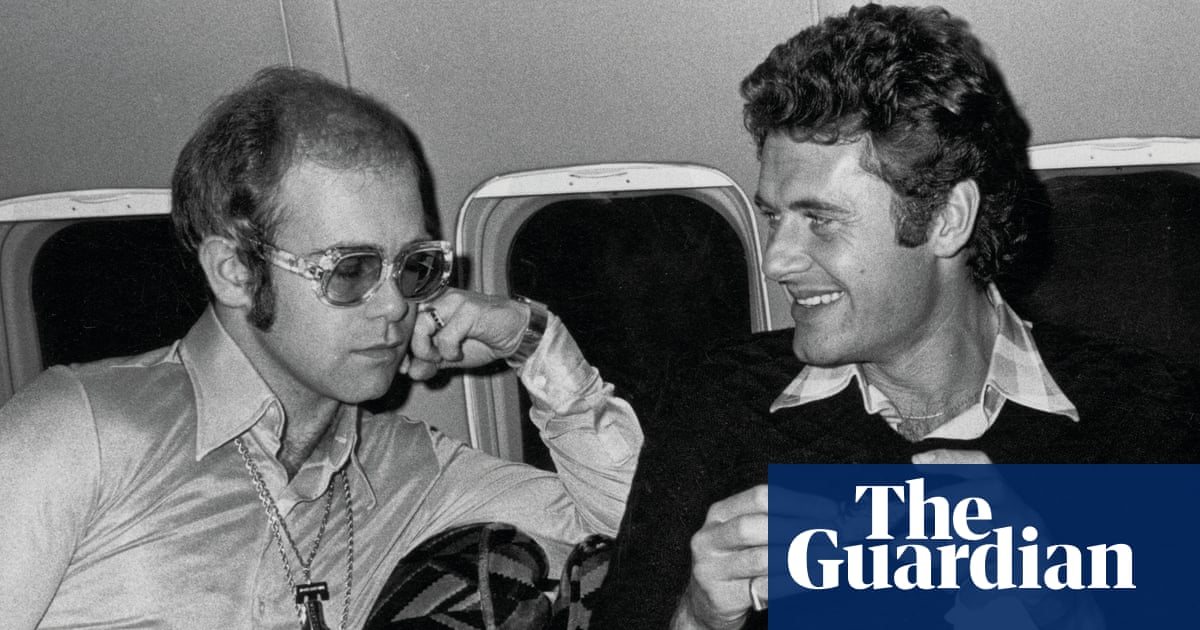
Before I actually went there, I knew nothing about the town of Gallup in New Mexico. I was familiar with a Robert Frank photograph of a sombre Navajo cowboy, taken surreptitiously in a bar there in the 1950s that was published in his classic book The Americans. The picture stayed with me. The place did not. But I decided to go there because of an exchange I had with my father in 1966. His mother had recently died and the whole family had gathered in Tucson in the house of an uncle. I hadn’t seen my father for three years. It was the Fourth of July. I remember some desultory conversation about the holiday, before my father, who had a penchant for making abrupt sotto voce pronouncements, offered an opinion about our treatment of North American Indigenous people. His tone wasn’t argumentative. His words just hung there and drifted away. He died later that day in a tragic and sudden accident, so we never got a chance to pursue the discussion. More than a decade later, my wife Susan – a painter – and I secured funding to produce some work. Thinking of my father and of Robert Frank’s Navajo cowboy, we chose to do so in Gallup.
At first glance, the town seemed like the edge of the world, with an upside-down exotic appeal. Of course, it was not that at all, as we gradually realised. It was layered. It was an in-between place, where people from different cultures collided with each other, often struggling to maintain their identities and not be overwhelmed by other people’s assumptions about who they were. Sometimes it seems as if the world has become increasingly consumed by this battle, but it’s a very old story.
This was taken in the Indian Head Bar, a seedy place in the nearby town of Holbrook, across the state line in Arizona. I was just hanging out there and some local guys soon gathered around me – it was not the kind of place where they would see many Anglos – and before too long a familiar scenario saw me being quizzed about John Wayne. Navajo men of a certain age were absolutely fascinated by him. I later discovered that the source of this fascination was the movie The Hallelujah Trail, which was shot in the mid 1960s in locations around Gallup – even though Wayne is not in it. The film actually stars Burt Lancaster. But this detail did not seem to matter, and in the collective imagination of legions of Navajo males Wayne was forever associated with Gallup. And of course, in talking about Wayne, these guys would inevitably start to act out various fantasies of being powerful and masculine.
My way of working is to never ask if I can take a shot. I talk to the people around me and then from time to time I raise my Leica to my eye, pause to see if there are any objections, then snap a few pictures. It should also be said that I am a kind of closet formalist, and one of the things I love about this shot is the light. This was essentially a dingy bar into which shafts of light were just exploding through the window blind. It was a nightmare in terms of getting the right exposure, but I am proud of myself for having handled that situation with fluency.
In many of my photographs, a figure in the background is framed by the blurred outline of a foreground figure, as we see here. This was quite deliberate. It produces what Marshall McLuhan would call a “cold” image – an image that the onlooker has to really work at to understand, filling in the missing information just so that they can get it. When an image is pin sharp, it is so much easier to forget. But here, the shadowy figure somehow enters your own mental space. He becomes almost glued to your psyche.
Roswell Angier’s CV
Born: New Haven, Connecticut, 1940
Trained: Self-taught, with the help of the darkroom in the student union at the University of California, Berkeley.
Influences: “Walker Evans, Robert Frank, Garry Winogrand, William Klein, but the deeper influences were William Carlos Williams and Charles Baudelaire.”
High point: “A moment around 1981 when Charles Harbutt, then president of Magnum Photos, called to say he was leaving Magnum and wondered if I would like to join him in a new collective of photographers.”
Low point: “It was actually a moment in Gallup when I was so sick of the place and the one-room bunker of an apartment where my wife and I were living, and so fatigued by my own pictures.”
Top tip: “When I was young and didn’t know what to do with myself, my father used to say: ‘Go read a good book.’ One time I asked him to be more precise and he just growled: ‘Moby-Dick.’ It was really good advice.”
Gallup, by Roswell Angier and Susan Hawley, is published by The MIT Press on 6 June












